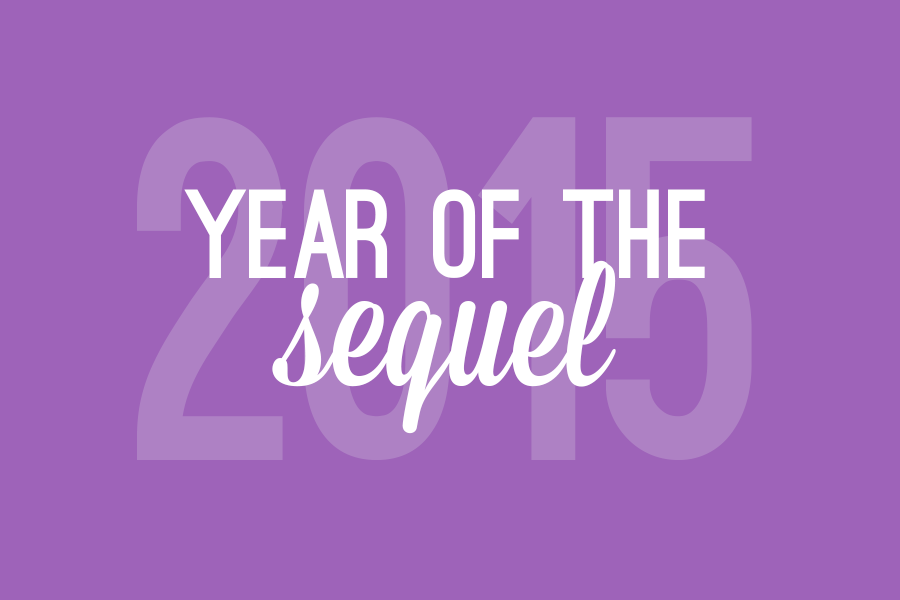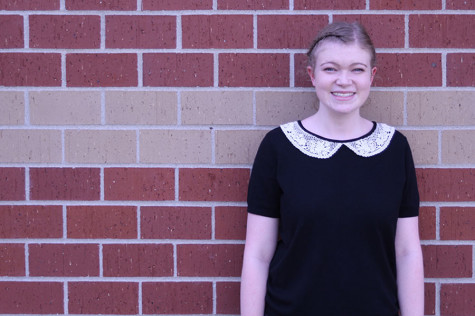2015 is the year of the sequel
Multiple long-awaited sequels to beloved movies, books and TV series came out this year
December 11, 2015
“Mad Max: Fury Road”
For over 30 years, audiences have enjoyed “Mad Max,” a film series surrounding Max Rockatansky, an Australian police officer, who finds himself having to survive in a world without natural resources.
“Mad Max” was released in 1979, and with it, a new age in post-apocalyptic action movies. The film had surprise success with both critics and audiences. The sequel, “Mad Max 2: The Road Warrior,” which was released in 1981, was more successful than its predecessor. By the time the third film, “Mad Max Beyond Thunderdome” was released in 1985, however, audiences and critics were feeling the fatigue of Max and his post-apocalyptic adventures, shown by the box office.
In 2012, the release of “Mad Max: Fury Road,” the fourth film in the series was announced with Tom Hardy as the protagonist. Released last summer, “Mad Max: Fury Road” became the most successful ever. Critics praised the film for its practical effects and fully fleshed-out characters–a novelty in the action film genre.
The film follows Max as he is captured and imprisoned in a water-based society, The Citadel. He is conveniently captured right before Imperator Furiosa (Charlize Theron), a driver in the city, steals his harem of healthy young women and starts a road war.
“Mad Max: Fury Road,” represents a new age in modern action movies by, ironically, not being so digitally manipulated. The film uses practical effects in the car chase scenes. Special effects enhance some shots.
The plot has been criticized for lacking depth, as the entire film is a long car chase. However nuance can be found in the characters: Furiosa is the actual protagonist of the film, fighting against those who hurt her and helping women that have been hurt themselves.
“Go Set a Watchman”
Harper Lee’s 1960 classic, “To Kill a Mockingbird,” followed ten year old Scout as she navigated the racist world of the ‘30s in the South. For year, it was the only novel published by Lee and it won her a Pulitzer Prize. Last summer it was announced that at the age of 89, Lee would release a second novel.
“Go Set a Watchman” was actually written before “To Kill a Mockingbird,” although it’s now widely considered a sequel. With the re-emergence of classic characters, however, there was bound to be criticism from fans of the classic novel.
Atticus Finch, portrayed in the first book as the mild-mannered lawyer with a strong moral compass, is revealed in “Go Set a Watchman” to hold political beliefs that at best are contrary to Scout’s liberal views and at worst border on racism.
Although “Go Set a Watchman” might not be a work of the same literary genius as “To Kill a Mockingbird,” it creates a much more complex and adult narrative, and cements itself as an excellent companion to the original novel.
“Heroes: Reborn”
The original “Heroes,” released in 2005, had an excellent first season but fell short after that, providing lackluster story and execution for its next four. The show’s seasons followed a basic formula: We see a dark, dystopian vision of the future where the protagonists are pitted against each other by violent factions, then the heroes work together to stop that future and save the world.
“Heroes: Reborn” uses the same formula. It does the formula well, but it’s hard to overlook that it does still use it instead of creating more original content.
In this new series, the creators had an opportunity both to improve and make something new, but they instead recycled the same old stuff. Fans of the original show will appreciate this sequel, but it still gets a bit boring after a while.














